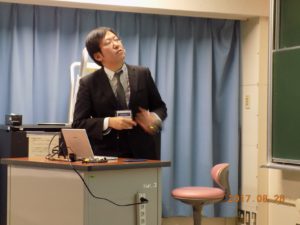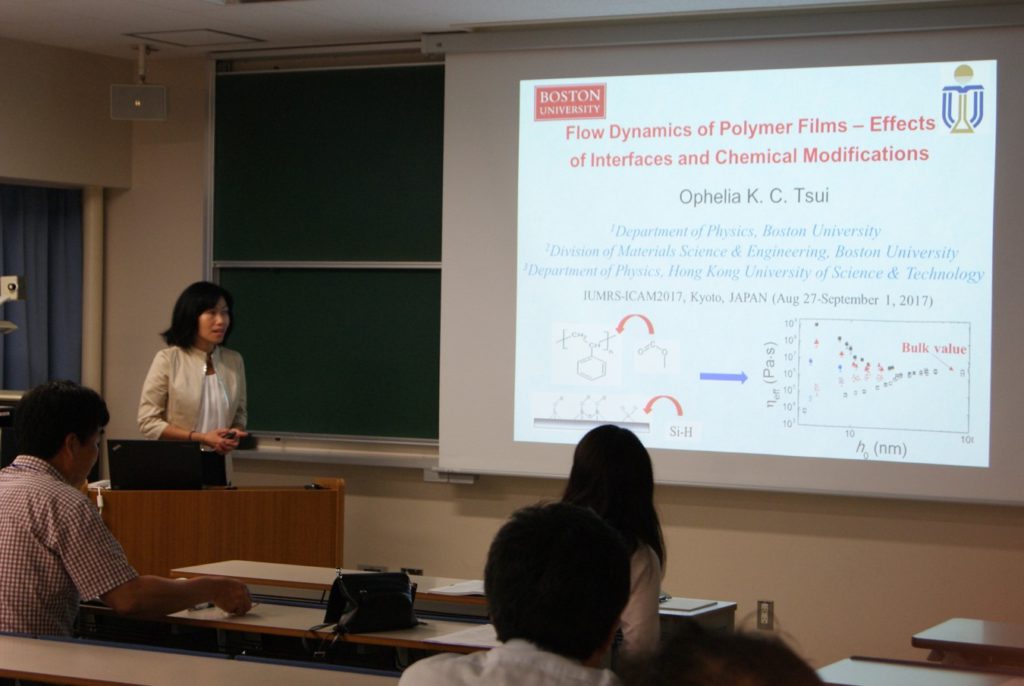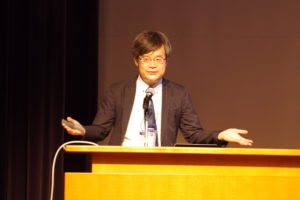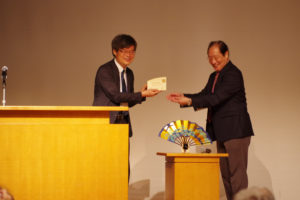This is the second day of C-2 session in IUMRS-ICAM2017. A first paper in the morning was cancelled. Since more than 30 audiences were waiting in the room, Prof. Bruno Ameduri (CNRS) volunteered to entertain these audiences by his magic show. Prof. Bruno Ameduri is a famous chemist in the area of fluoropolymers and is also well known as CliniClown visiting sick children in hospitals of Montpellier and abroad. He showed the difference in molecular weight synthesized by free radical polymerization and controlled radical polymerization through the length change of three different ropes by his magic! All audiences understand the concept of molecular weight distribution of polymer.
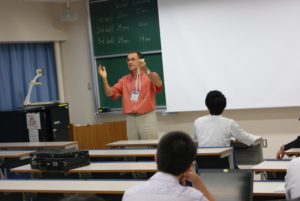 Science magic by Prof. Bruno Ameduri
Science magic by Prof. Bruno Ameduri
In the morning session, we had one contributed paper and two invited papers on stimuli responsive nanogel and polymer gel thin film were presented. In the afternoon session, five contributed papers and five invited papers were presented. Control of nanoparticle surface for various composite applications, structure-property relationships of novel polymer nanocomposites, and surface structure and properties of polymer ultrathin films were presented. We have more than 50 participants and active discussion was continued until the end of the day.
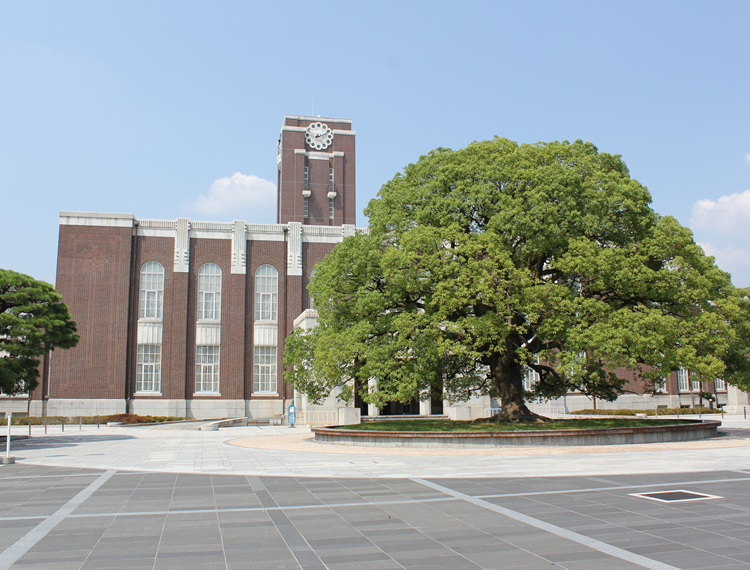
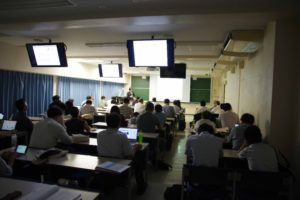
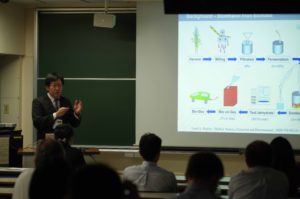
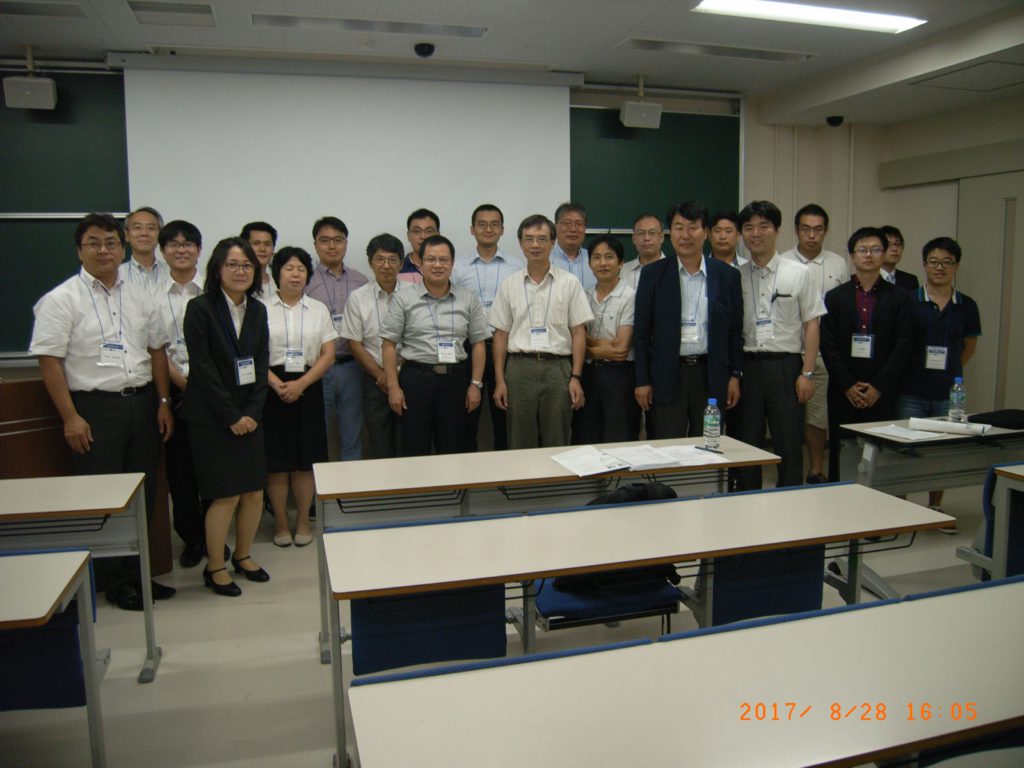
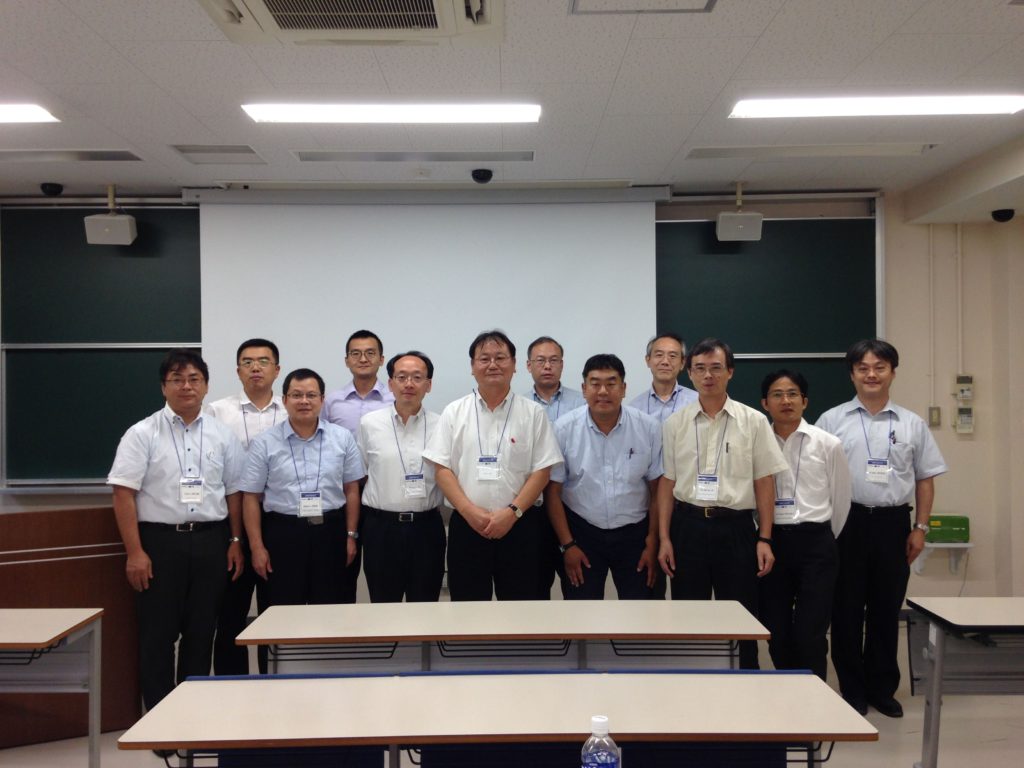
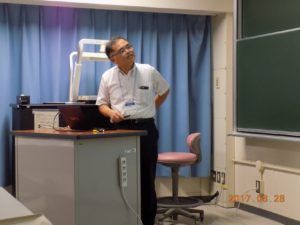 Invited lecture scene by Professor Ishihara
Invited lecture scene by Professor Ishihara